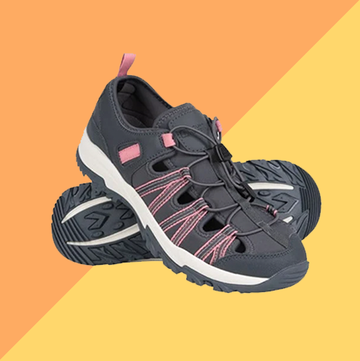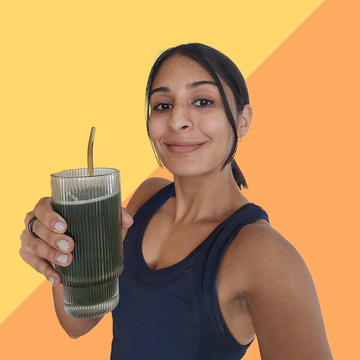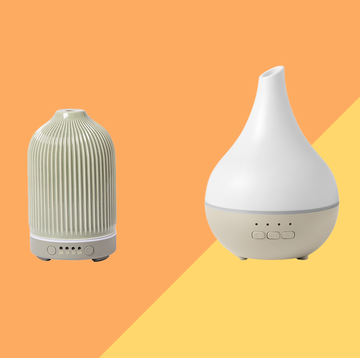We earn a commission for products purchased through some links in this article.
The best pelvic floor trainers, tested by a panel of 45 women
Plus everything you need to know about Kegel exercises
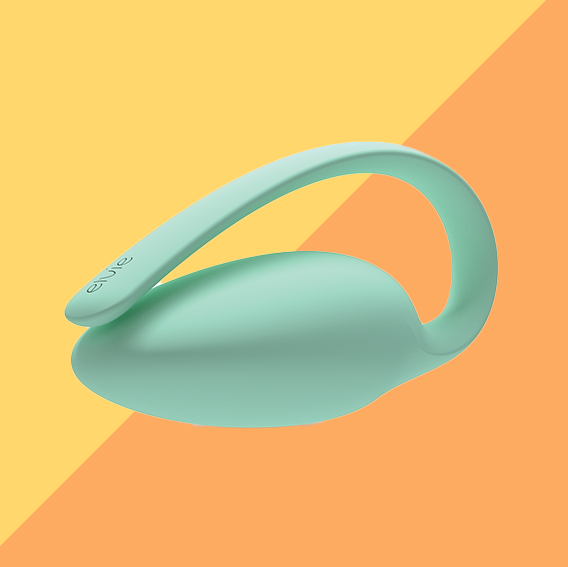
If you’ve ever experienced a leak when laughing, sneezing or during exercise, or you frequently need to rush to the loo, it’s probably a good idea to work on strengthening your pelvic floor.
Kegel exercises aren’t only necessary for new mums or those with specific conditions – evidence shows we should all be prioritising our pelvic health. One in three women will experience urinary incontinence and up to 50% of women will develop pelvic organ relapse at some point during their lives.
“Training your pelvic floor should be a lifelong commitment as you go through puberty, pregnancy, after birth, during the menopause and beyond,” says Anna Woolley, physiotherapist, Pilates instructor and pelvic heath expert at Core LDN. “Your pelvic floor function is affected by changing hormones throughout your life, so it’s important to be working this set of muscles, just as you would the others in your body.”
So why are so many women neglecting the all-important area down there? It turns out, our knowledge of the muscle group is seriously lacking, with research revealing that one in six women don’t know where the pelvic floor is and one in four women aren’t aware of its function. The stigma and shame surrounding pelvic health issues, including urinary and bowel incontinence, doesn’t help either.
If you’re keen to get started with Kegel exercises, a pelvic floor trainer could be a worthwhile investment. From smart trainers to weighted balls, these petite devices are designed to help strengthen and tone the muscles around the pelvis, vagina and anus.
So, our Good Housekeeping Institute team recruited a panel of 45 women – all of whom have experienced pelvic floor issues – to put a range of popular options to the test. Read on for our full reviews, and everything you need to know about strengthening these core muscles.
What are the best pelvic floor trainers?
From Kegel weighted balls to biofeedback wearables, here are the best devices for 2025, according to our panel of testers.
What is the pelvic floor and why is it important?
“The pelvic floor consists of muscles and connective tissue that form a hammock spanning from the pubic bone to the tailbone,” explains Dr Victoria Scott, diplomate of the American Board of Urology and Flo Health medical expert. “They also extend outwards to both the sitting bones.”
Here, Scott breaks down its main functions.
- Support: The pelvic floor supports the bladder, uterus and rectum, and helps to stabilise the core. When it weakens, pelvic organ prolapse – when one of the organs in the in the pelvis drops down into the vaginal canal or outside the body – can develop. It isn't life threatening and symptoms can be improved with Kegel exercises, but it can be painful and uncomfortable.
- Continence: The pelvic floor is responsible for urinary and faecal continence, controlling the opening and closing of the urethra, vagina and anus. A weak pelvic floor can lead to incontinence.
- Sexual function: The pelvic floor muscles are important for sexual function, as they facilitate arousal, sensation and orgasm. If they are too tense, you may experience painful sexual intercourse.
- Vaginal delivery: When a baby is delivered vaginally, the pelvic floor muscles need to be strong enough to accommodate the descent of the baby from the uterus and through the vagina.
Are pelvic floor trainers worth it?
“Pelvic floor trainers are very useful tools to facilitate and enhance your Kegel contractions,” says Woolley.
They can be handy if you’re likely to forget to do your Kegel exercises regularly or would like some guidance as you go. Some of the devices on our list even have gamified elements via an app – like the Elvie trainer – making the experience feel more enjoyable and less like a chore.
Scott offers an important reminder. “It’s always a good idea to see a gynaecologist or urogynaecologist for evaluation before using a pelvic floor trainer, especially if you have an IUD or are pregnant,” she advises.
And there's no quick fix – strengthening the pelvic floor requires patience and consistency. If you stick to a routine, you should see improvements after a few months, according to the NHS.
How to choose the right pelvic floor trainer
There are a range of pelvic-floor-strengthening products on the market, ranging from basic models to high-tech designs, all at varying price points. Here are some of the main types.
Electrical stimulators: These devices work in a similar way to TENS machines. You insert a probe into your vagina and the device sends gentle electrical impulses into the muscles to initiate a contraction. You use this to consciously engage your muscles at the same time. “These are generally advised for people with lower strength in their pelvic floors,” says Woolley, adding that they’re a great place to start. “Once you’re a bit stronger, you can progress to other types.”
Biofeedback devices: These also use a probe that you place inside your vagina, which is connected to a handheld device or your phone. They don’t provide an impulse or stimulate the muscles, but they detect and provide visual feedback as you perform exercises, with personal recommendations to help improve strength, endurance and coordination.
Kegel weights: These weighted balls are inserted into the vagina. They come in a variety of sizes and weights, and you can progress to a heavier weight as you gradually strengthen your pelvic muscles. “These are for when you’re a little bit stronger and have a good brain-nerve-pelvic floor connection,” explains Woolley.
How often should you use a pelvic floor trainer?
How often you should use a pelvic floor trainer and how long for depends on your individual needs and recommendations from medical professionals.
“I usually recommend using them between three and five times a week if you’re trying to build strength,” advises Woolley. “This isn’t right for everyone though; it may be that you need to build up more slowly.”
She adds that, while using a pelvic floor trainer is effective, you should also incorporate other pelvic floor exercises into your routine, such as traditional Kegel exercises (where you tighten and hold the pelvic floor muscles for 10 short and 10 long contractions two to three times a day) or Pilates.
Scott adds that it’s important to follow your device's instructions carefully to prevent pain from overworking your muscles and to clean it properly after each use.
Finally, you should seek professional help if you don’t see improvements and are concerned about pelvic floor dysfunction. “Many women are embarrassed to ask questions or seek evaluation for issues like urinary incontinence or pelvic organ prolapse, but these are very common problems we can help fix,” says Scott.
How we test pelvic floor trainers
The GHI enlisted a panel of 45 testers – all of whom have experienced pelvic floor issues – to trial a range of devices over a six-week period.
We asked them to judge each pelvic floor trainer on a variety of factors, including ease of use, clarity of instructions and design. They also considered the fit and how comfortable it was to use.
After the testing period, panellists reported back on whether they saw any improvements to their pelvic floor strength and if so, how long it took to see results.
Feedback was analysed and overall scores were awarded. The results are in...
Priyankaa is our sleep and wellness expert, specialising in expert-tested reviews and roundups on the latest health and fitness products. From walking boots to running machines, Priyankaa has written about hundreds of products and is passionate about providing in-depth, unbiased reviews. Plus, as an avid runner and gymgoer, she knows exactly what to look for when finding the right gymwear, fitness tracker or earphones.
Priyankaa has an MA in Magazine Journalism from Cardiff University and over five years’ experience in health and fitness journalism. Priyankaa has written for Stylist’s Strong Women Training Club, where she regularly wrote about diversity in the fitness industry, nutrition tips, training advice and her experience completing various fitness challenges. She has also written for a variety of publications including Business Insider, Glamour, Bustle, Metro, HuffPost UK, gal-dem and more. Outside of work, Priyankaa can usually be found trying out a new gym class, seeking out London's best eats or watching a Spanish TV show in a bid to keep up her language skills.
Kim Hawley is our health and fitness product tester. Her career in fitness has spanned over 30 years. Prior to joining the Good Housekeeping Institute, she worked as a personal trainer, writer and fitness instructor for some of London’s most prestigious health clubs, including The Harbour Club, David Lloyd and The Chelsea Club. Passionate about women’s health and fitness, especially in pre/post menopause, she is also a Level 4 PT and holds a professional nutritional qualification. Kim is responsible for rigorously testing everything from cross trainers to smart watches.

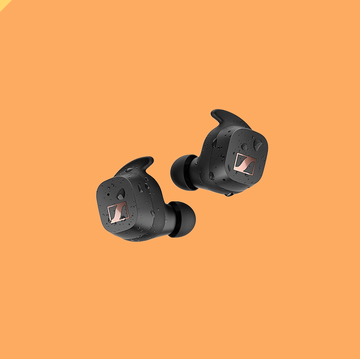
13 best headphones for running and workouts
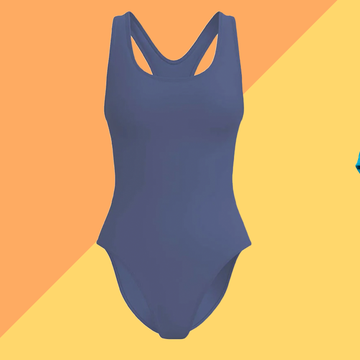
The best period swimwear, tried and tested

The best sleep supplements to help you nod off

The best running shoes to shop now













